Emma, Darcey, Alex and Allen
We woke up this morning to a clear sky and bright sunshine. After a delicious breakfast of freshly cut mangos, bananas and coffee, the class met to discuss our plans for the day. Drs. Lougheed and Carvalho told us to observe the environment around us and conduct preliminary studies to develop research questions, hypotheses and study designs. After our professors left for town to work and buy groceries, each group split up and went along the local trails and road to come up with studies.
My group, which includes Emma, Darcey, Alex and I (Allen), is interested in the micro-environments found in certain bromeliad species which hold water. As road development is a well known source of disturbance to forest habitats in the forms of fragmentation, soil disruption, canopy disruption, exposure and traffic, we want to test if there is a significant difference in the water quality of roadside bromeliads compared to those located deeper in the forest. We hiked down the Osvaldo Cruz road at 10:45 AM from the field station to gain some background knowledge on our planned study. After several minutes of fruitless walking without a single bromeliad, they began appearing in the more shaded areas of the roads. In total, we found 11 of the type of bromeliads we wanted (a variety with bright red leaves in the center that we’ve yet to identify) on 10 trees after close to 2 km of hiking.
After everyone returned from our morning explorations, had lunch and rested, our guide, Will, took us on a 2 and a half hour long, 4.8 km hike to two waterfalls on the Paraibuna River. We reached the first waterfall, Cachoeira do Salto Grande (Big Jump Waterfall), at 2:45 PM, a beautiful, perilous promenade of bare rock constantly splashed by the spray. Several of us slipped into the water with a guide rope on the safer side of the rocks for a quick swim. We reached the second waterfall, Cachoeira do Saltinho, a gentler set of drops upriver approximately an hour later. After another swim and photo session, our guide told us that our professors had returned, and we hurried back to the field station.
We recovered from our hike after showering, naps and dinner, and met to review each others’ studies at 7 PM. Each group pitched their ideas and proposed studies to the rest of the class and received feedback and criticism. A heavy thunderstorm began during our meeting, setting a dramatic atmosphere to our debate. After two hours of intensive discussion, we ended the day with new, eager plans for tomorrow.
- The entrance to Cachoeira Do Salto Grande, the first waterfall we visited
- Swimmers braving the rapids
- Sean, Hayden, and Allen, backdropped by the cachoeira
- Heather, Em, Meg and Darcey at the first waterfall
- Sean, Riley, and Hayden at the second waterfall
- A tank bromeliad – the white bulbs are reproductive organs







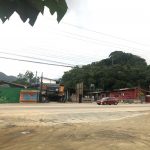
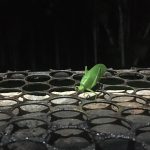
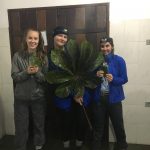
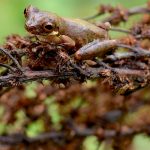
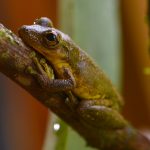
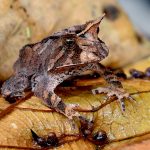









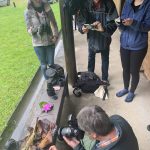
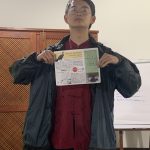
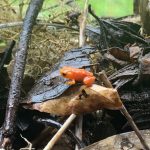
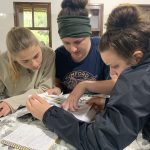
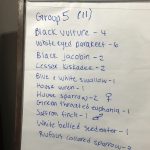
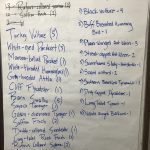
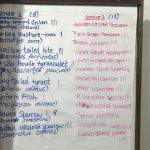

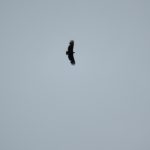
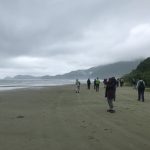
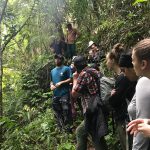
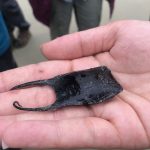
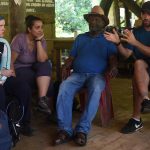
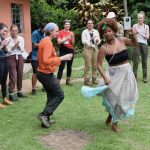
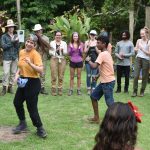
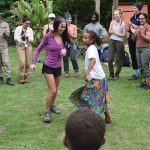
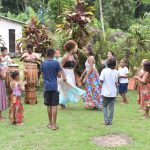
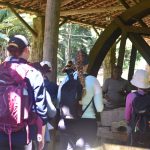
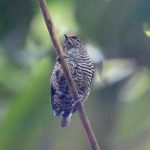







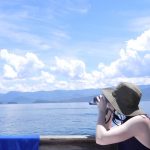
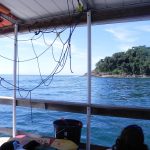
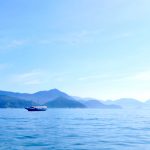
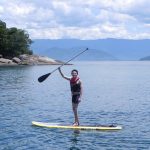
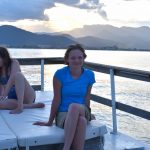
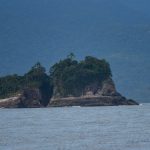
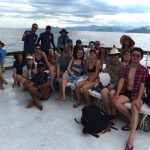
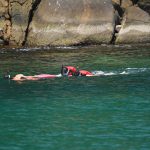
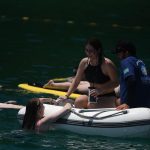
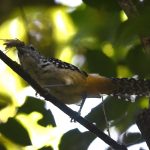
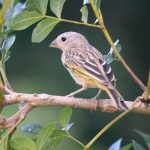
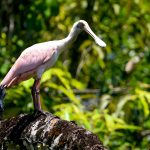
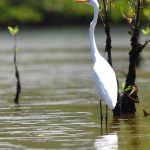
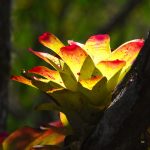
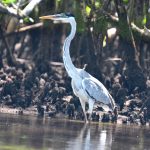
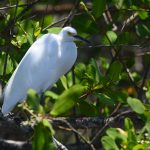
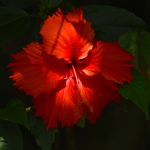
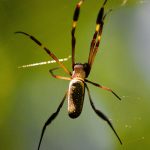
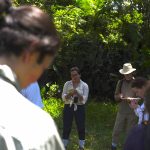
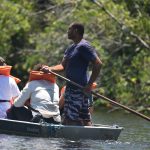
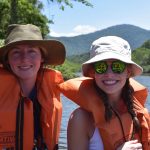
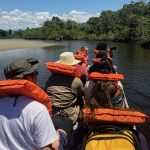
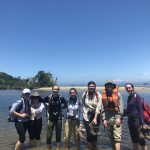
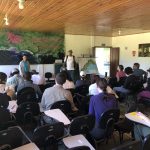
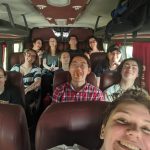
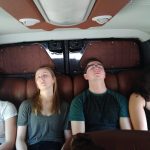
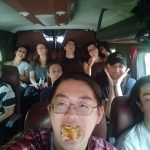
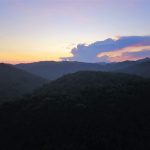
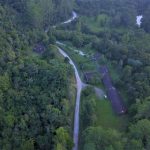
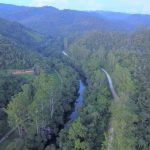
Recent Comments